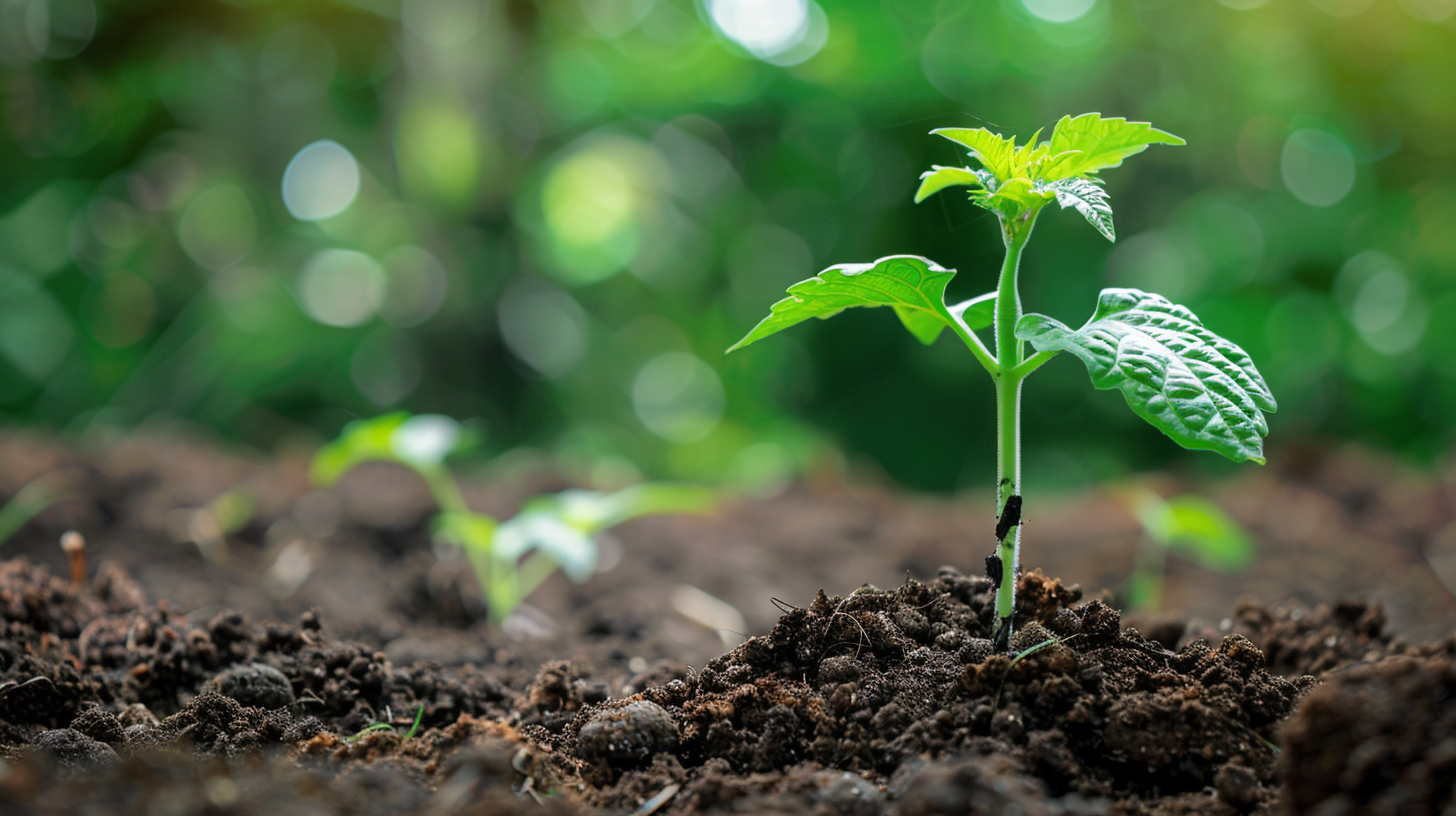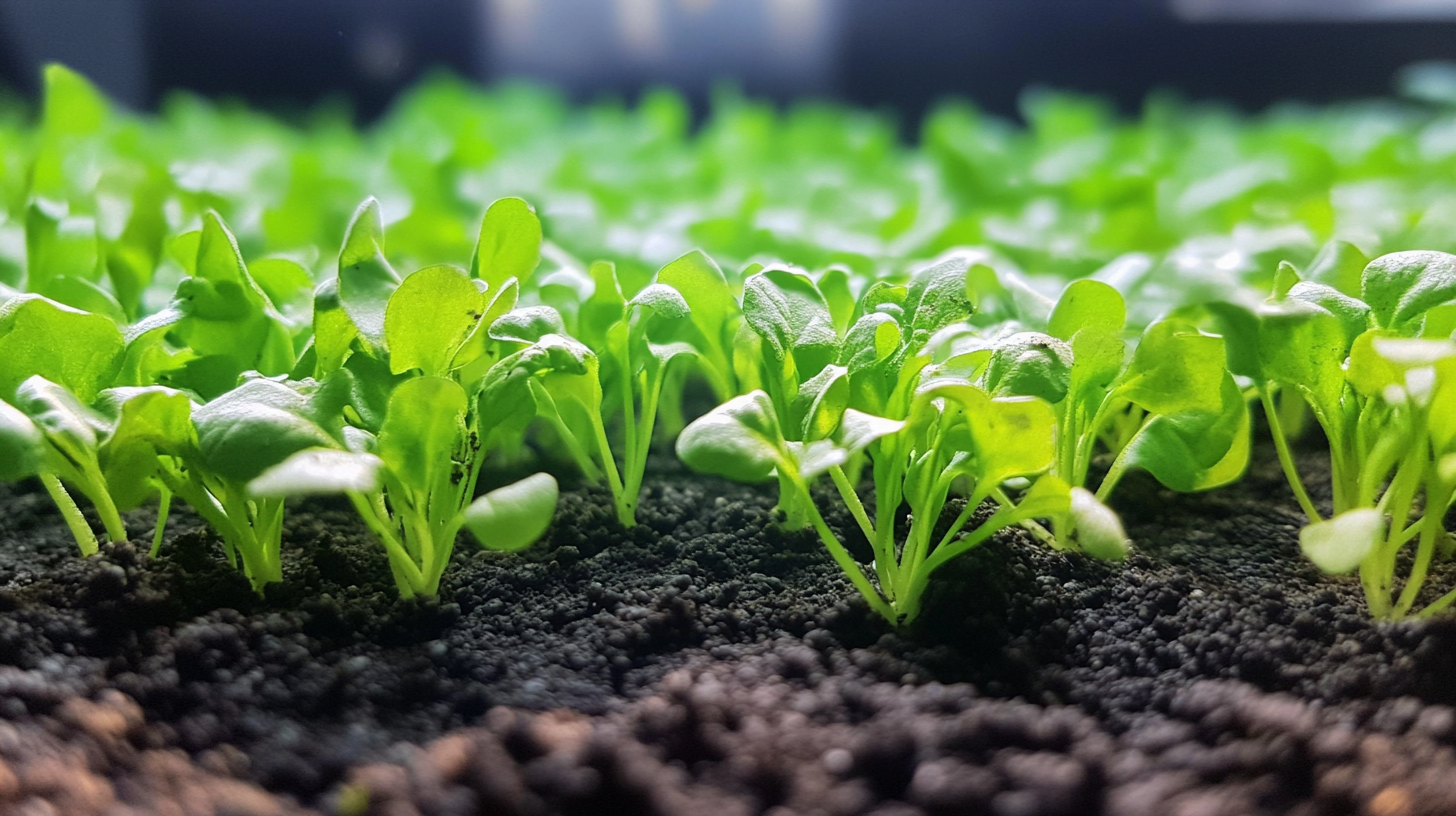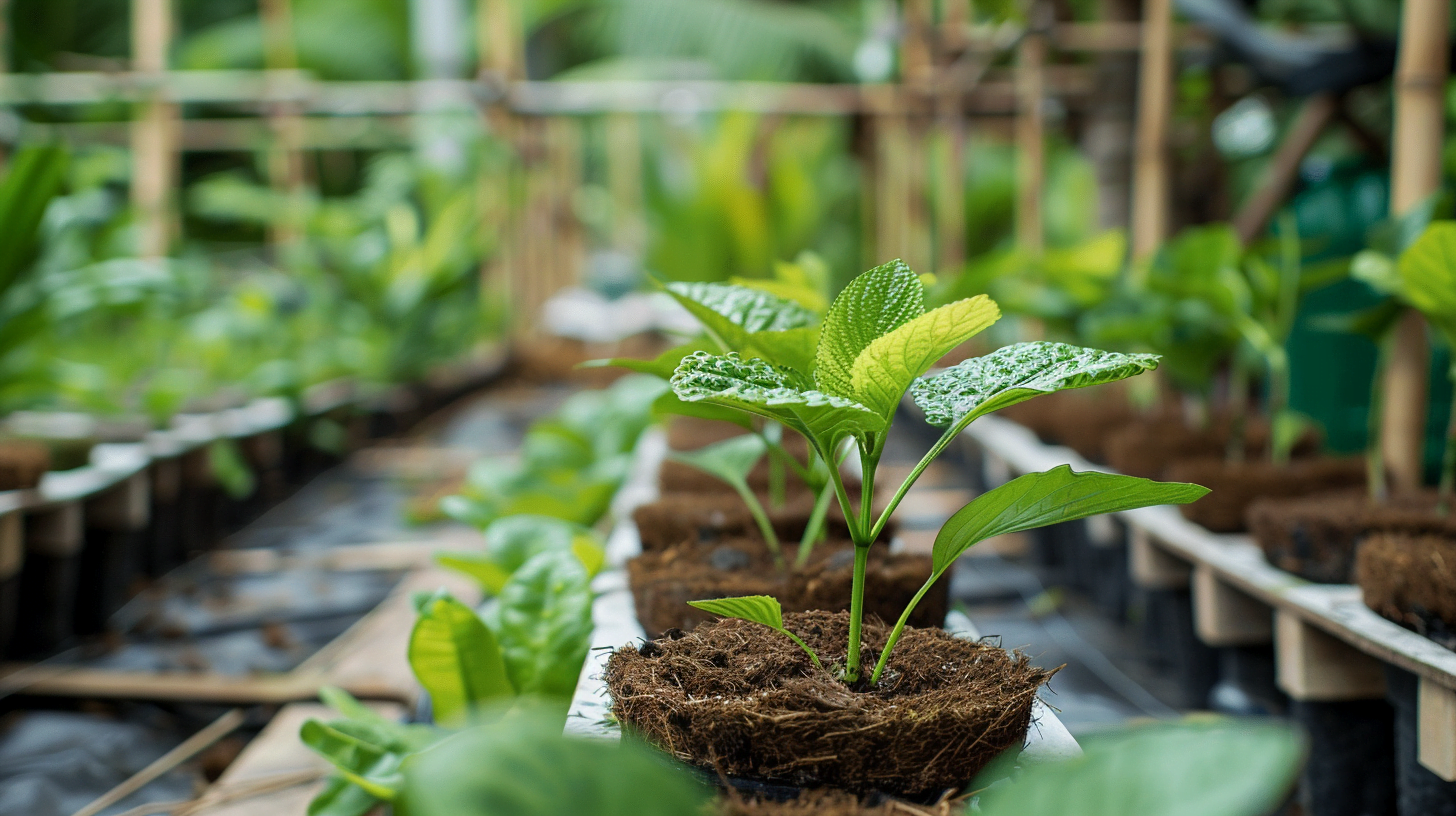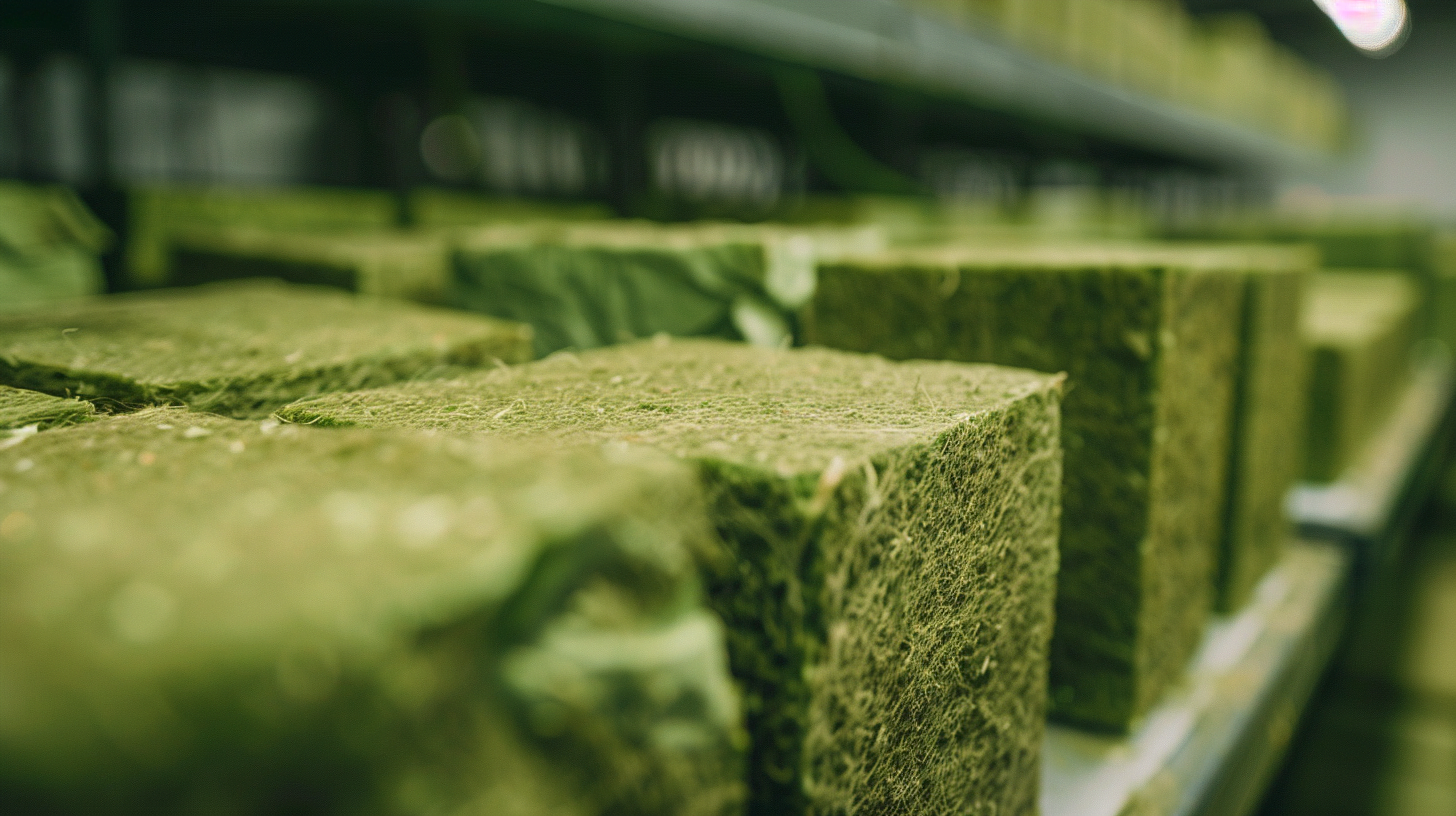Introduction
What is Growing Medium for Plants?
When it comes to growing healthy plants, the choice of growing medium is crucial. A growing medium is the material in which plants grow, providing them with the necessary support, nutrients, and environment to thrive. Whether you’re a seasoned gardener or a beginner, understanding the different types of growing mediums and their specific uses can significantly impact your gardening success.
Understanding Growing Mediums
Definition of Growing Medium
A growing medium, also known as a substrate, is any material that supports plant growth by providing a stable environment for roots. Unlike soil, which is a natural and complex ecosystem, growing mediums can be either natural or synthetic and are often tailored to meet specific plant needs.
Functions of Growing Mediums
Growing mediums serve several essential functions:
- Physical Support: They anchor the plant roots, keeping the plant upright.
- Root Growth Facilitation: They provide a conducive environment for roots to expand and absorb nutrients.
- Nutrient Delivery: They hold and deliver nutrients and water to the plant roots.
- Aeration: They ensure that roots receive adequate oxygen, which is vital for plant health.
Types of Growing Mediums
Organic Growing Mediums
Soil
Soil is the most common growing medium, composed of minerals, organic matter, water, and air. It is rich in nutrients and supports a wide range of plant life. However, soil can vary greatly in quality and may require amendments to optimize its properties for specific plants.
Compost
Compost is decomposed organic matter, rich in nutrients and beneficial microorganisms. It improves soil structure, enhances nutrient content, and promotes healthy plant growth. Compost is an excellent addition to garden soil or can be used as a standalone medium for certain plants.
Peat Moss
Peat moss is harvested from peat bogs and is known for its high water retention and acidic pH. It is often used in seed starting mixes and as a soil amendment. However, the environmental impact of peat harvesting has led to a search for more sustainable alternatives.
Coco Coir
Coco coir is made from the fibrous husks of coconuts. It is a sustainable and renewable resource with excellent water retention and aeration properties. Coco coir is widely used in hydroponics and as a soil amendment.
Bark
Bark, particularly pine bark, is used in potting mixes to improve aeration and drainage. It is commonly used for orchids and other epiphytic plants that require well-draining mediums.
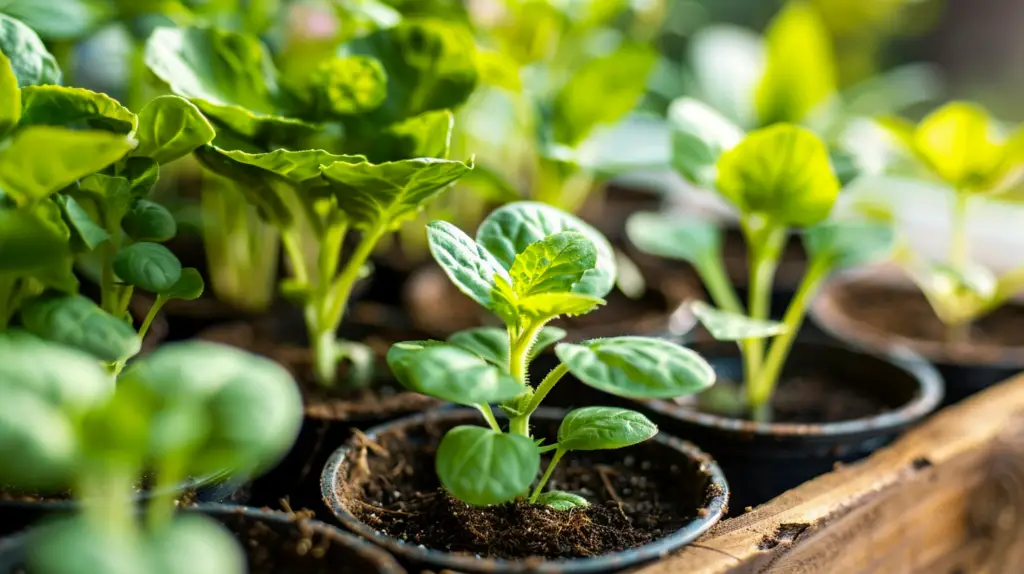
Inorganic Growing Mediums
Perlite
Perlite is a volcanic glass that is heated until it expands. It is lightweight, sterile, and provides excellent aeration and drainage. Perlite is often used in seed starting mixes and hydroponic systems.
Vermiculite
Vermiculite is a mineral that expands when heated. It has high water retention and nutrient-holding capacity, making it ideal for seed starting and soil mixes. Compared to perlite, vermiculite holds more water and nutrients.
Rockwool
Rockwool is made from melted rock spun into fibers. It is commonly used in hydroponics due to its excellent water retention and aeration properties. However, handling rockwool requires caution as it can irritate the skin and lungs.
Expanded Clay Pellets
Expanded clay pellets, also known as LECA (Lightweight Expanded Clay Aggregate), are made by heating clay to high temperatures. They provide excellent aeration and drainage, making them ideal for hydroponic systems and as a soil amendment.
Growstones
Growstones are made from recycled glass and offer a sustainable alternative to other inorganic mediums. They provide good water retention and aeration, making them suitable for hydroponics and container gardening.
Factors to Consider When Choosing a Growing Medium
Water Retention
Different plants have varying moisture needs. For example, succulents require well-draining mediums, while ferns thrive in moisture-retentive environments. Choosing a medium that matches your plant’s water requirements is crucial.
Aeration
Roots need oxygen to function properly. Mediums like perlite and bark provide excellent aeration, preventing root rot and promoting healthy growth.
Nutrient Retention
Some mediums, like compost and vermiculite, hold nutrients well, while others, like perlite, do not. Understanding the nutrient-holding capacity of your medium helps in planning fertilization schedules.
pH Stability
The pH of the growing medium affects nutrient availability. Most plants prefer a slightly acidic to neutral pH. Mediums like peat moss are naturally acidic, while others like coco coir are more neutral.
Cost and Availability
Budget and availability can influence your choice. While some mediums like soil and compost are readily available and affordable, others like rockwool and growstones may be more expensive and harder to find.
Sustainability
Consider the environmental impact of your growing medium. Sustainable options like coco coir and growstones are better for the environment compared to peat moss and rockwool.
Specific Uses of Growing Mediums
Container Gardening
For container gardening, a mix of soil, compost, and perlite or vermiculite works well. This combination provides a balance of nutrients, water retention, and aeration.
Outdoor Gardening
In outdoor gardening, growing mediums can be used to improve soil structure. Adding compost or coco coir to garden soil enhances its nutrient content and water-holding capacity.
Hydroponic Gardening
Hydroponic systems rely on soilless growing mediums. Coco coir, perlite, rockwool, and expanded clay pellets are popular choices due to their excellent water retention and aeration properties.
Popular Growing Mediums for Hydroponics
Coco Coir
Coco coir is favored in hydroponics for its sustainability and excellent water retention. It provides a stable environment for roots and is easy to handle.
Perlite
Perlite is lightweight and provides excellent aeration, making it ideal for hydroponic systems. It is often mixed with other mediums to improve drainage.
Rockwool
Rockwool is widely used in commercial hydroponics due to its high water retention and aeration. However, it requires careful handling and disposal.
Expanded Clay Pellets
Expanded clay pellets are reusable and provide excellent drainage and aeration. They are ideal for hydroponic systems where root oxygenation is crucial.
Vermiculite
Vermiculite holds water and nutrients well, making it suitable for hydroponic systems that require consistent moisture levels.
Maintaining and Reusing Growing Mediums
Cleaning and Sterilization
To prevent disease and pest buildup, it’s essential to clean and sterilize growing mediums. Methods include soaking in a bleach solution, baking in the oven, or using commercial sterilizers.
Nutrient Flushing
Flushing the medium with water helps remove salt buildup from fertilizers. This is particularly important in hydroponic systems to prevent nutrient lockout.
Reconditioning and pH Adjustment
Reconditioning involves adding nutrients and adjusting the pH of the medium. For example, adding lime to peat moss can raise its pH to a more neutral level.
Replacement Considerations
Over time, growing mediums can break down and lose their effectiveness. Knowing when to replace your medium ensures that your plants continue to thrive.
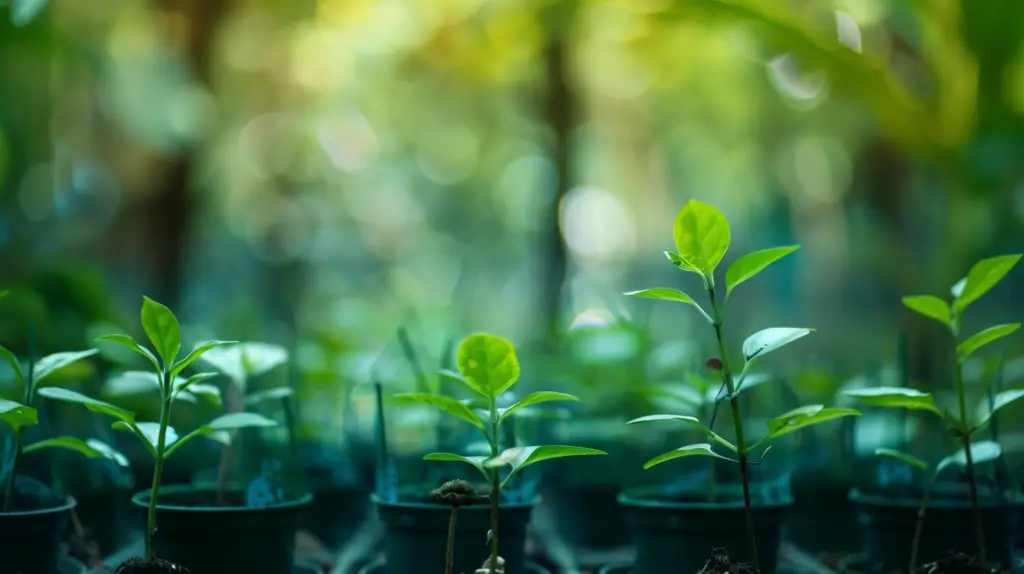
Troubleshooting Common Issues with Growing Mediums
Moisture Control
Signs of overwatering include yellowing leaves and root rot, while underwatering results in wilting and dry soil. Adjusting watering schedules and choosing the right medium can help.
pH Imbalances
Nutrient deficiencies and toxicities often result from pH imbalances. Regularly testing and adjusting the pH of your growing medium can prevent these issues.
Nutrient Deficiencies
Common nutrient deficiencies include yellowing leaves (nitrogen deficiency) and purple stems (phosphorus deficiency). Using a balanced fertilizer and choosing a nutrient-retentive medium can help.
Pest and Disease Management
Preventive measures include sterilizing the medium and using pest-resistant varieties. If pests or diseases occur, treatments like neem oil or beneficial insects can be effective.
Conclusion
Choosing the Right Growing Medium for Your Plants
Selecting the right growing medium is essential for plant health and growth. By understanding the properties and uses of different mediums, you can make informed decisions that benefit your garden.
Final Thoughts
Gardening is an ongoing learning process. Experimenting with different growing mediums and adapting to your plants’ needs will lead to a thriving garden. Share your experiences and questions to continue learning and growing together.
FAQ Section
Frequently Asked Questions
- What is the best growing medium for beginners?
- For beginners, a mix of soil, compost, and perlite is easy to manage and provides a good balance of nutrients, water retention, and aeration.
- Can I mix different growing mediums?
- Yes, mixing mediums like soil and perlite or coco coir and vermiculite can enhance their properties and benefit plant growth.
- How often should I replace my growing medium?
- It depends on the medium and plant type. Organic mediums like compost may need replacing annually, while inorganic mediums like expanded clay pellets can last several years.
- What are the signs that my growing medium is not working well?
- Signs include poor plant growth, yellowing leaves, root rot, and pest infestations. Adjusting the medium or replacing it can resolve these issues.
By understanding and choosing the right growing medium, you can create an optimal environment for your plants to flourish. Happy gardening!
